Introduction to the Magic System
The most interesting part of the human anatomy is the head. Humans invented the brane [sic] in order to simplify the truth. In actuality, the inside of each human head is unique and unlike anything else. It houses a hidden world in which that particular person lives. Thus, all people live in their own world, but pretends to all live in the same one.Background MusicSvesta Dorosheva
Preface
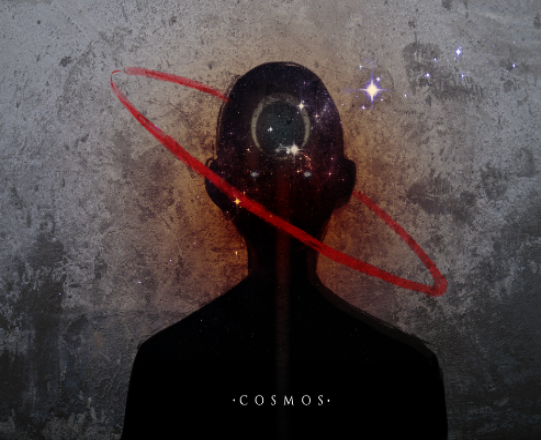
Those who awaken their powers are generally called mystics, though names vary from culture to culture.
Every entity is magically potent in some way, but the number of mystics that arise in a society ultimately depends on the proximity and supply of a leyline, deposits of mana that operate similar to oil reserves.
In a society where mana is scarce, only a select few will be able to manipulate and control it. These select few will primarily be religious, military, and political elites. As such, the vast majority are stuck in the nascent realm — a stage in which one’s magic capabilities lie dormant. There are several major reasons to this. For one, magic is a nonrenewable resource in high demand, albeit with so little supply. Magic must therefore be regulated in terms of accessibility to maintain a steady number. This means that the education in honing the direct manipulation of magic will be severely limited to the common public. It’s also a safety measure by preventing widespread deviance.
On other hand, a society whereby mana is in close proximity and high in supply will inevitably produce a vast number of mystics, causing magic to become deeply ingrained in its society as a result. Take the Volaines, for example, who had secured the World Tree for centuries. Mystics are practically commonplace so much so that if they were suddenly cut off from the World Tree’s supply, it could be detrimental to the population.
The Soul & Mind
One’s eyes serves as a window to their soul. Located in the heart, the soul essentially acts as a bridge and a hard drive that disperses the flow of mana while linking to their mind. The mind itself thereby harbors not only the many spells ingrained on a mystic's memories but in addition to a very personal universe. As such, the mind ultimately functions as a metaphysical plane constructed based on a user’s unconscious thoughts.
Laws & Limitations
While each form of magic presents itself with a unique set of laws and limitations, universal rules include the following…A magic user operates like a computer.
The spells they acquire are similar to downloads and files, and their mind is like a storage or a database. While there’s always room for improvement, a storage can only fit in so much (limited spells). Therefore, one would have to wipe a certain spell out of their memories in place of another, should he reach the maximum capacity. An alternative would be a process of trial and error, whereby the magic user synthesizes various spells with similar traits to save some space. However, if one wishes to expand their arsenal then they would need to break through higher realms. Although it is important to know that the more one breaks through, the more mana they would need to intake in order to replenish themselves. Thus they are far more prone to physically straining their bodies. In addition, some can even go mad as a result of the overwhelming influx of information one is forced to process all at once or because of heavy deprivation of mana, similar to how starvation leads to desperation and therefore potential violence.
“Within the mind is an astral plane that holds worlds of beauty and awesome terror.”
However because the astral plane reflects the unconscious mind of a magic user, the environment cannot be controlled and is actually ever changing. This is why it is so important that one is in a correct state of mind. An unstable mental state can accidentally project visions of demons pursuing them (sometimes hallucinations, sometimes real), whereas a stable mental state can be relatively peaceful and more consistent.
Mana is a vital life essence produced from the earth, not the body.
You cannot regenerate mana by simply resting. Once you are a mystic, you have to consistently absorb mana from the earth, partake mana potions, and if necessary, even suck the life essence out of another’s soul. The stronger you are, the more you will need to replenish yourself. The exception to this rule, of course, is generally the non-mystics within the nascent realm.
Magic is only as good as the person using it.
Knowledge is power. However, application reigns supreme over simple information, for it is with application that one can construct and create a spell based on the collected information. While rare constitutions are innately far more powerful by nature than regular types, these types of mystics often find themselves at a major disadvantage with the lack of knowledge to study from.
There is a critical period for awakening one’s capabilities.
As mentioned earlier, every individual is magically potent in some way. However, if one remains complacent within the nascent realm by early adulthood, it may be difficult or downright impossible to ever develop their capabilities as a mystic.
The Echelons of Magic

There are five tiers, or realms, that classifies a mystic's capabilities. The following include...
- Nascent Realm - Magical powers including any universal passives lie dormant.
- Origin Realm - The user uncovers their paracosm while awakening their magical powers. Upon activating it, their eyes will shift into a luminescent color based on their associated constitution. With the exception of universal spells or any basic functions, the mystic can only learn a maximum of two spells.
- Cryptic Realm - A glowing white ring surrounds the iris, and the mystic can now learn a total of four spells.
- Astral Realm - A second layer of ring surrounds the iris, and a maximum of six spells can be learned.
- Ethereal Realm - A white diagonal line runs across the pupils, and a maximum of eight spells can be learned.
Constitutions
A constitution refers to the genetic makeup that dictates a person’s type of magic and their capabilities. There are three basic types: Sun, Moon, and Star. The Sun and Star Constitutions are somewhat similar in that they both excel in the schools of evocation and arcane magic. However, the former specializes in the manipulation of light, fire, and healing, whereas the latter excels with temporal and astral magic. For the Moon Constitution, it excels with mental projection, perception, and spiritual shapeshifting.Schools of Magic
Arcane
Arcane refers to the direct manipulation of mana through absorbing, converting, or transferring.- Ethereal Flow (Universal) - Triggers a surge of mana to flow throughout the mystic's body, creating a luminescent glow in their eyes. This sharpens their reflexes and agility while producing superhuman strength and activating their regenerative abilities.
- Regeneration (Universal Passive) - A passive that naturally tends to open wounds. Severe injuries generally take longer to heal, but the stronger the mystic, the faster the process. There are some situations where this passive cannot operate. For example, one cannot regenerate lost limbs due to severed nerves.
- Restoration (Universal) - The process of transferring mana to another mystic, increasing their regenerating activity and healing them as a result.
- Siphoning (Universal) - The process of channeling mana from ley lines or through souls.
- Suppression (Universal) - The act of weakening the flow of mana or outright concealing it.
- Distortion - A study exclusive to Star Constitutions involving the manipulation of temporal magic.
Astral Projection
This refers to the ability to access an astral plane through the separation of one's soul from their physical bodies.Mental Projection
Affecting the minds of others through astral projection. Requires a high proficiency in magic in order to instantly astral project without the need to sleep.- Charm - Makes the target regard the caster as a friend unless overpowered.
- Compulsion - Forces the target to do something beyond their natural will unless overpowered.
Evocation
Conjuring something out of nothing by accessing information from the mind.- Destruction - The most basic subschool of evocation. It involves the process of discharging attacks with concussive impact. Attacks can be single or environmental.
- Abjuration - The study of protective magic.
- Conjuration - This study of summoning either creatures and objects.
- Illusion - The art of deceiving reality itself. The mist of illusion can make a mystic invisible or inaudible to the world. It can also be used to disguise themselves. Although beneficial, it is not viable to base one's entire career on illusionary magic. Spells to counteract these spells exist in the school of perception.
Perception
Sensing and perceiving things usually invisible or undetectable to others. Technically exclusive to shamans but other mystics can still develop heightened senses, though in its more inferior form. Can be potentially madness inducing for those who lack the willpower.- Aura/Magic Detection - The ability to sense the presence of magic within one's vicinity.
- Reconstruction - The ability to examine bloodstains and recreate past events for a few seconds.
Learning Magic & Spells
The process of magic revolves around trained imagination which is needed to direct willpower. There is an astral realm “inside” the mystic that he has to reach for and grab to make it do something (imagination). However, it is important for the mystic to be in the correct state of mind (willpower), hence why meditation or visual training is integral. A mentally unstable mind will produce unstable magic, whereas a clear state of mind will produce a spell easier to manipulate. Thus a person must spend years of study and preparation, learning the secrets of a grimoire or a master’s teaching until he learns to discipline his will and imagination to allow him to leave his physical body and enter his astral plane.
It is within the astral realm of one’s soul that one can finally begin constructing spells through imitation.This process is achieved primarily through three of the following…
- Step-by-step manuals that provide visions to replicate a spell. This is the easiest way to learn magic.
- Replicating a spell by analyzing collected memories. More challenging but doable nonetheless.
- Making deviations in the replicating process to better complement your style and class. Must stay within certain parameters.
Casting Spells: Tapping into the Soul
Magic is both a physiological and a spiritual process. As mentioned before, there is an astral realm residing inside the mind of the user that he has to tap into. In doing so, the soul disperses mana throughout their body. Thus a caster’s eyes will glow a certain color based on their associated magic. The stronger the spell and surge of mana, the brighter the bioluminescent light. The power of the spell is determined by the amount and speed rate of mana surging throughout the user’s body. Weaker spells require very little exertion, while a powerful spell requires both great speed and amount. However, the caster must be wary and spend it with care. Expending too much mana can harm their soul and, therefore, their life.
Remove these ads. Join the Worldbuilders Guild

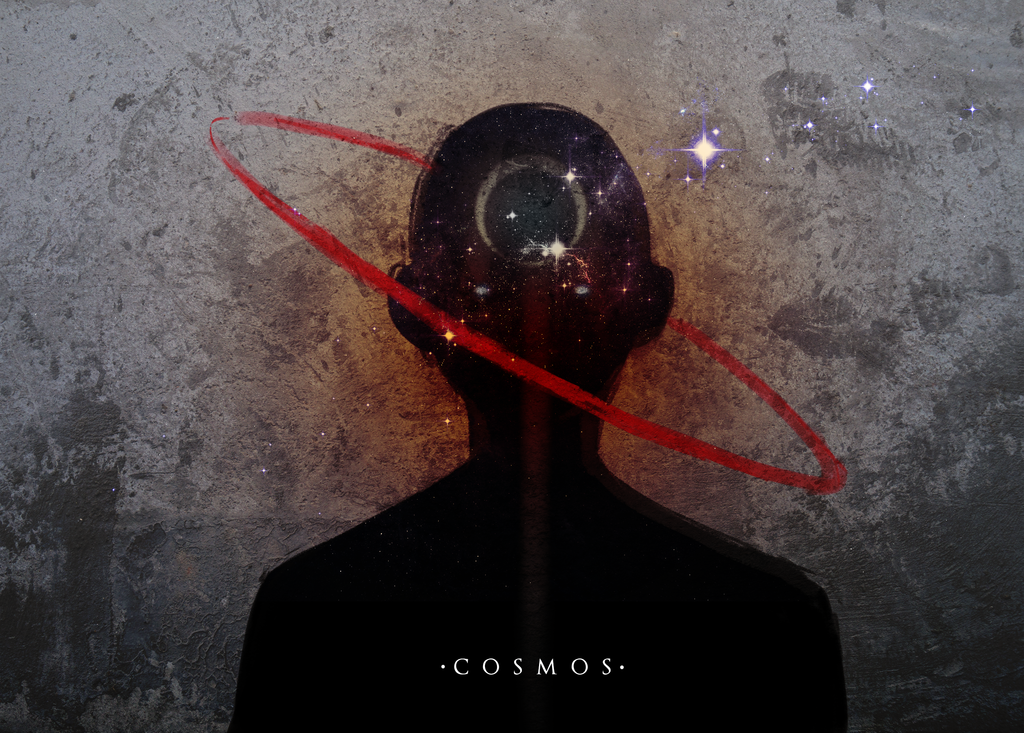
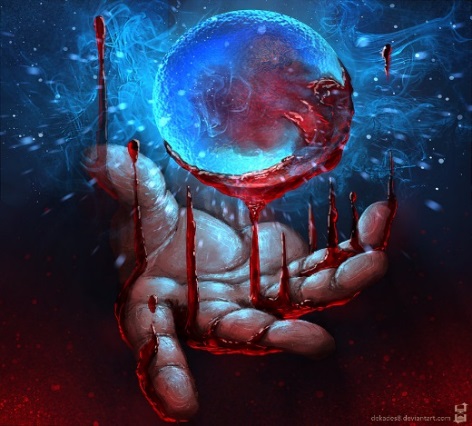
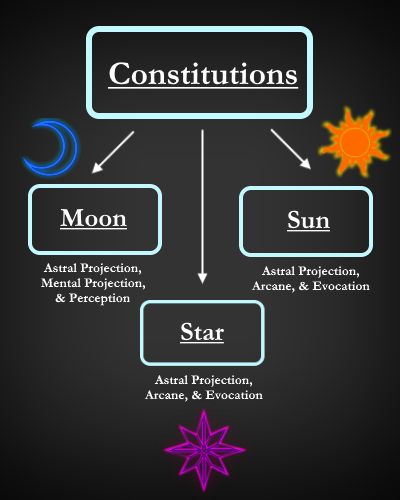
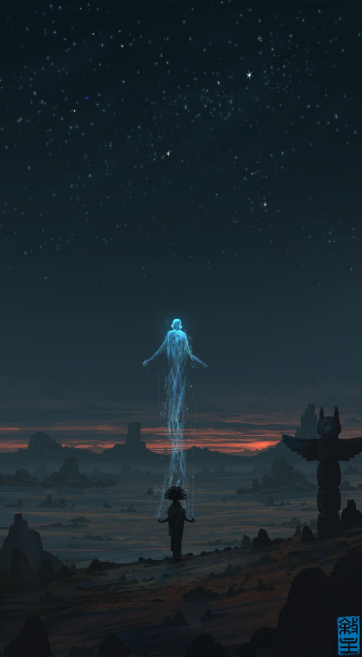







Oooh! A new magic system to read! :D Awesome! I bet the mana-siphoning part especially has all kinds of interesting implication to the world. That's going to be really interesting and awesome to read :D
Creator of Araea, Megacorpolis, and many others.
Thanks for taking the time to read my article. ^^